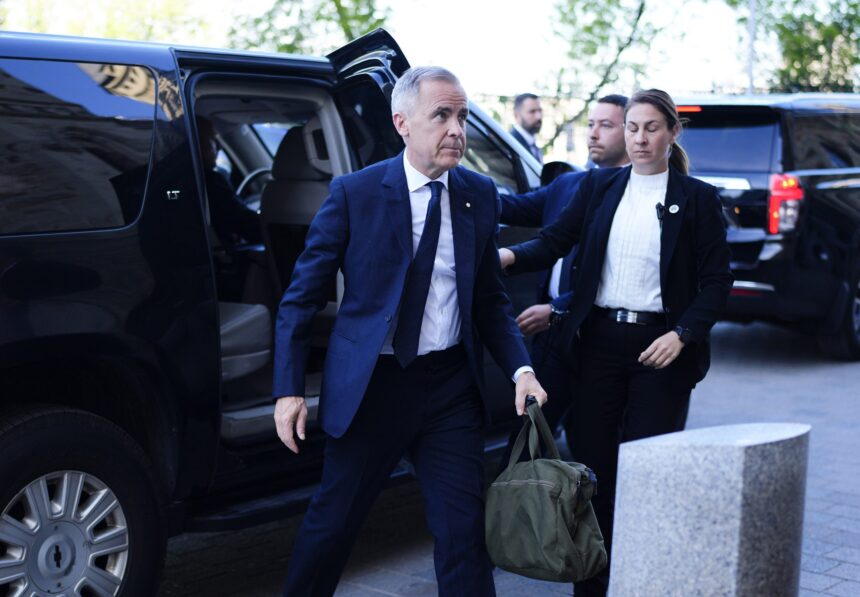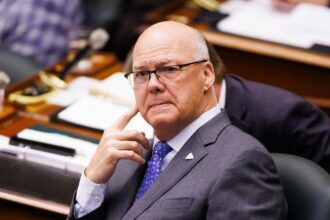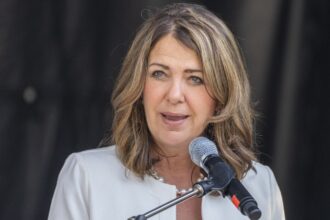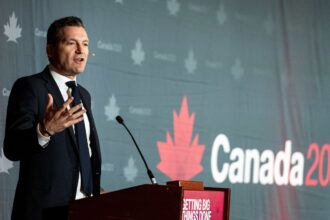In a significant restructuring of federal power dynamics, Mark Carney has been appointed to chair Canada’s central cabinet committee, marking his first major leadership role since entering politics last year. The former Bank of Canada governor, once considered a potential successor to Prime Minister Justin Trudeau, will now oversee the Cabinet Committee on Economy, Inclusive Growth, and Climate—effectively placing him at the helm of the government’s most critical policy apparatus.
“This represents more than a routine cabinet shuffle,” notes political analyst Eleanor Hayes. “By consolidating economic, social, and environmental policy under Carney’s leadership, the government is creating a supercommittee with unprecedented scope.”
The dramatic reorganization comes as part of the Trudeau government’s broader attempt to revitalize its agenda amid declining popularity. Notably, the restructuring has eliminated the Canada-United States Relations Committee, previously considered essential to managing our relationship with our largest trading partner. This committee, established during the turbulent Trump administration years, had been viewed as critical infrastructure for navigating cross-border challenges.
Finance Minister Chrystia Freeland, who maintains her role as Deputy Prime Minister, will serve as vice-chair under Carney’s leadership—a nuanced power shift that has raised eyebrows across Ottawa’s political circles. The committee’s expanded mandate now encompasses not only economic policy but also climate initiatives and social inclusion programs, representing a comprehensive approach to Canada’s most pressing challenges.
“The dissolution of dedicated committees for specific policy areas suggests a more centralized approach to governance,” explains Dr. Thomas Nguyen, professor of political science at University of Toronto. “Whether this concentration of authority under Carney will lead to more efficient decision-making or create bottlenecks remains to be seen.”
The restructuring extends beyond Carney’s committee. The government has consolidated its previous ten cabinet committees into just six, with notable changes including the elimination of committees dedicated to reconciliation and operations. These responsibilities will now be distributed among the remaining committees, raising questions about how these critical issues will be prioritized within broader mandates.
Industry observers note that the dramatic consolidation of power comes at a time when the Liberal government faces mounting economic pressures and declining public confidence. Inflation concerns, housing affordability, and post-pandemic recovery challenges continue to dominate the Canadian news cycle, creating an urgent need for decisive leadership.
“Carney’s appointment signals the government’s prioritization of economic stability,” notes financial analyst Rebecca Zhang. “His international credentials and reputation for steady leadership during financial crises may be precisely what the administration needs to restore public faith in its economic management.”
The restructuring also includes adjustments to other committees. The Cabinet Committee on Operations will now be chaired by Public Safety Minister Dominic LeBlanc, while Global Affairs Minister Mélanie Joly will head the newly formed Cabinet Committee on Canada and the World—absorbing the responsibilities previously held by the Canada-U.S. Relations Committee.
Opposition critics have questioned the timing and motivation behind these changes. Conservative finance critic Pierre Poilievre characterized the move as “rearranging deck chairs on the Titanic,” suggesting that structural changes cannot compensate for what he describes as fundamental policy failures.
As Canada navigates increasingly complex domestic and global challenges, the question remains: will this concentration of authority under Carney’s leadership deliver the decisive action Canadians seek, or further centralize power within an administration already criticized for its governing approach?










